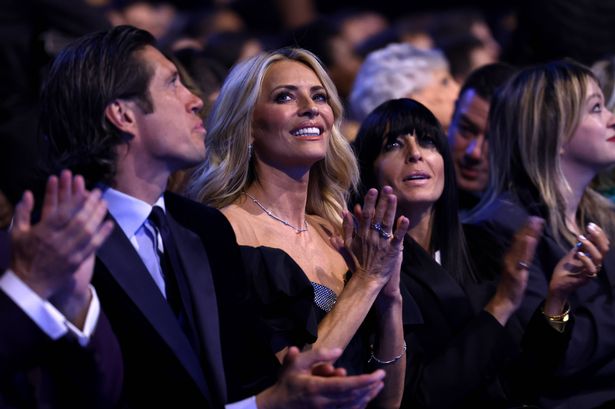As another contestant calls the celebs the “worst faithfuls ever,” Ruth Codd has criticised the informal “hierarchy” she encountered on Celebrity Traitors and shared off-camera issues.
Celebrity Traitors star Ruth Codd has hit out at the “hierarchy” between the celebs who appeared on the hit BBC show. Opening up about the issues she faced off-camera, Ruth shared an insight into what it was like to be on the show and how being a “strong woman” made her feel “lonely”.
Ruth was a fan favourite on the show. Her no-nonsense attitude was beloved by fans but ultimately led to her being killed after she raised suspicions about Jonathan Ross.
The actress has spoken out about what it was like to work on the show and the “hierarchy” that she believes played a role in her exit since leaving.
READ MORE: Where Arsenal vs Atletico Madrid is on TV for free as Champions League game not on TNT SportsREAD MORE: Celebrity Traitors star Celia Imrie makes cheeky confession about rival contestant
According to her, “there was probably an unspoken hierarchy in there, and that put some people at a disadvantage because I haven’t worked in the industry for a very long,” she told The Times.
Being a strong woman can sometimes be lonely because you come across as aggressive and difficult. I don’t believe I’m one of those. I’ll just say what I want to.
Her comments sparked a huge debate online as to whether there was a divide behind the scenes on the Celebrity Traitors. Some argued that Paloma Faith, Tom Daley and Clare Balding were all killed off as well, so being a household name wasn’t necessarily protection on the show.
One person said, “Paloma, Tom, and Clare were taken out so that makes no sense. Other people also claimed that her actions on the program were to blame, saying she “made herself a threat” by attacking Jonathan Ross.
However, others pointed out that this itself may be a sign of the hierarchy. “She’s spitting tbf,” one fan wrote. “No one would dare look at Stephen Fry or Jonathan Ross.”
Others noted that, of all the contestants on the show, only three were in their 20s and comparatively at the start of their careers – Ruth, Niko Omilana and Cat Burns. Of those three, Ruth was the third to be murdered and Niko was the first to be banished, leaving just Cat in the game.
Cat continues to exist, but it could be that the hierarchy is keeping her since she appears to be “flying under the radar.” One fan responded, “I thought the same. It’s the reason why people didn’t listen to The Two Joes and Ruth when she was there. And perhaps that’s why Cat is flitting under the radar. Another once remarked, “She’s spot on. Niko experienced the same fate.
Niko, one of the show’s “worst faithfuls ever,” said he had his own opinions on the program. Niko said in a statement on his Instagram accounts, “Oh, it’s Niko, you are a YouTuber, you are gone, you untrustworthy scum.”
That roundtable is the most intense thing I’ve ever seen in my life, according to one of the things you guys didn’t notice. And they must cut it down for TV and cut it shorter, of course, but there were some people who were “mad about me.”
The Mirror contacted the BBC for comment.








